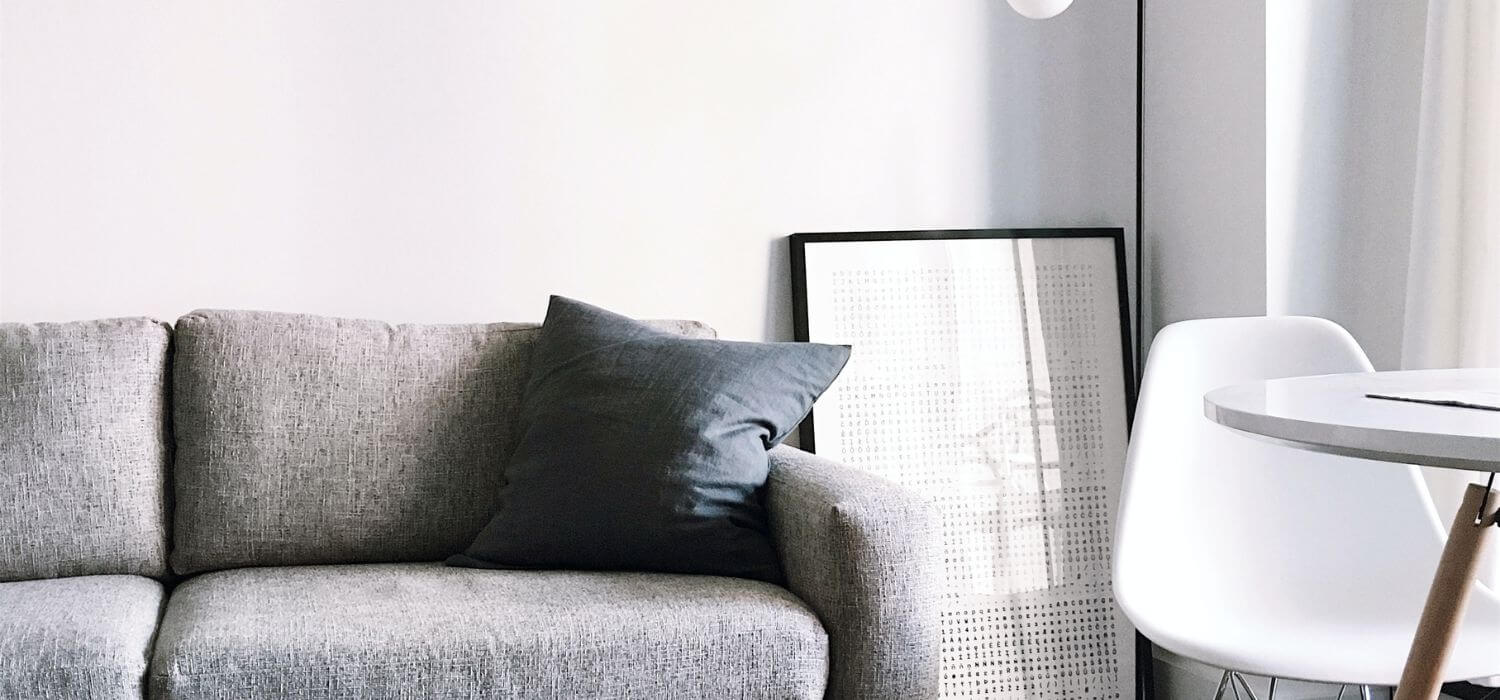Decorating your home with mixed metals has become increasingly popular in recent years. While traditional design rules may have frowned upon mixing metals, modern trends have opened the door to a more eclectic approach. But is it really ok to mix metals in home decor? In this article, we’ll explore the dos and don’ts of mixing metals in your home, and give you some tips to create a stylish and cohesive look.
1. Introduction
Metallic finishes can add a touch of glamour, sophistication, and texture to any room. But with so many options available, choosing the right ones and combining them in a harmonious way can be tricky. Should you stick to one metal or mix several? Can gold and silver be paired together? How do you avoid a clash of colors or textures? These are some of the questions we’ll answer in this article.
2. The Art of Mixing Metals
Mixing metals is like creating a work of art. It requires an eye for detail, a sense of balance, and a touch of creativity. The key is to find a unifying element that ties the different metals together, such as a common finish, color, shape, or texture. You can also play with contrasting elements to create visual interest, such as a mix of warm and cool tones, shiny and matte surfaces, or smooth and rough textures.
3. Choosing a Dominant Metal
To avoid a chaotic look, it’s important to choose a dominant metal that will anchor the design and set the tone for the rest of the room. This can be the metal that is most prevalent in the space, such as the hardware, lighting fixtures, or furniture legs. Alternatively, you can choose a metal that complements the dominant color scheme, such as gold for warm hues or silver for cool hues.
4. Balancing Warm and Cool Tones
Mixing warm and cool metals can add depth and dimension to a room, but it’s important to balance them properly. Warm metals, such as gold, brass, and copper, tend to create a cozy and inviting atmosphere, while cool metals, such as silver, chrome, and nickel, tend to create a sleek and modern vibe. To create a harmonious look, try to balance the warm and cool tones in a 60/40 or 70/30 ratio, depending on the overall mood you want to achieve.
5. Combining Different Textures
Mixing metals with different textures can add interest and personality to a room. You can combine smooth and shiny finishes, such as polished brass and chrome, to create a modern and glamorous look. Alternatively, you can pair matte and brushed finishes, such as brushed gold and blackened steel, to create a rustic and industrial vibe. Just make sure to balance the textures and distribute them evenly throughout the room.
6. Layering with Accessories
Accessories can be a great way to incorporate mixed metals without overwhelming the space. You can add metallic accents through picture frames, vases, candle holders, or mirrors. Layering different textures and shapes can create a cohesive and dynamic look, while sticking to a limited color palette can prevent the accessories from clashing with each other.
7. Common Mistakes to Avoid
Mixing metals can be a delicate art, and there are some common mistakes to avoid. One of them is overdoing it – combining too many metals or finishes can create a cluttered and overwhelming look. Another mistake is ignoring the overall style and mood of the room – mixing metals that don’t fit the existing decor can create a disjointed and awkward feel. Finally, avoid mixing metals with competing patterns or textures, as they can clash and create visual chaos.
8. Tips for a Cohesive Look
To create a cohesive and stylish look when mixing metals, here are some tips to follow:
- Stick to a limited color palette: Choose a maximum of three metals and stick to a limited range of finishes, such as shiny, matte, or brushed.
- Use the 60/30/10 rule: Allocate 60% of the room to the dominant metal, 30% to the secondary metal, and 10% to the accent metal.
- Repeat the metals throughout the room: Use each metal in different areas of the room to create a sense of continuity and flow.
- Combine metals with similar shapes: Combining metals with similar shapes or silhouettes can create a cohesive and balanced look.
- Use a unifying element: Use a common element, such as a color, texture, or finish, to tie the metals together and create a cohesive feel.
9. The Bottom Line
In conclusion, mixing metals in home decor can be a fun and creative way to add personality, texture, and depth to your space. With the right balance of warm and cool tones, textures, and finishes, you can create a stylish and cohesive look that reflects your unique style and personality. Just remember to choose a dominant metal, balance the warm and cool tones, distribute the textures evenly, and avoid common mistakes.



